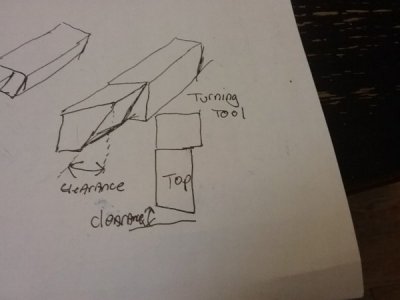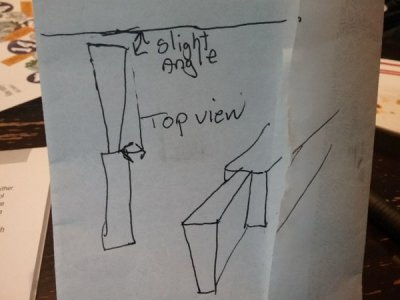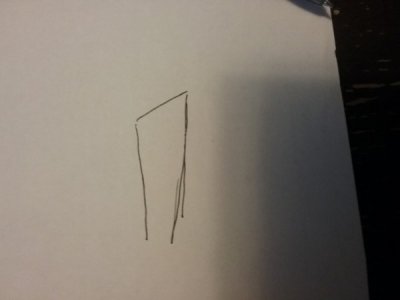First, Welcome to the Hobby-Machinist!
You have lots of great advice above.
I'll just add a couple things.
1) If you do remove the chuck jaws then mark them to make it easy to get them back into the same slot! The teeth that engage the "scroll" are at different offsets from the edge of the three jaws. Sometimes the jaws are stamped with number (1, 2, 3) and the chuck would have matching number stamped beside the slots. If not, then you could use the corner of a triangle file to put one, two, or three little notches on each jaw and slot. You could try a sharpie, but I find those marks go away too quick with handling.
2) For aligning the tool square to the axis of the lathe (and the work) I normally put the side of my tool-holder against the flat face of the chuck between two jaws. I have a quick-change tools post (QCTP) so the tool holders all have flat sides, making it easy. It looks like you have a rocker type tool post and holders, so it might be a little harder to get a flat surface to align.
3) For cutting speed, I use 80 surface feet per minute (sfpm) for a HSS tool cutting mild steel.
To convert that to RPM, you need to consider the diameter of the work piece.
RPM~=(sfpm*4)/dia
For your 1.25" diameter work piece, I'd get as close as I could to RPM=(80*4)/1.25=256 RPM.
So your 300 RPM is very close and should work.
There are many useful online calculators:
http://www.monstertool.com/monster_tool_calculators.html
http://www.americanmachinist.com/speedsfeeds-conversions-calculator
http://www.custompartnet.com/calculator/turning-speed-and-feed
4) For some great info on general lathe work see the free PDF version of SouthBend's How to Run a Lathe:
https://www.hobby-machinist.com/resources/sb-how-to-run-a-lathe-1966-27th-edition-56-pdf.2909/
Have fun and be safe!
-brino


 If your diameter falls in between your jaws , use a split ring to suit your needs .
If your diameter falls in between your jaws , use a split ring to suit your needs .

